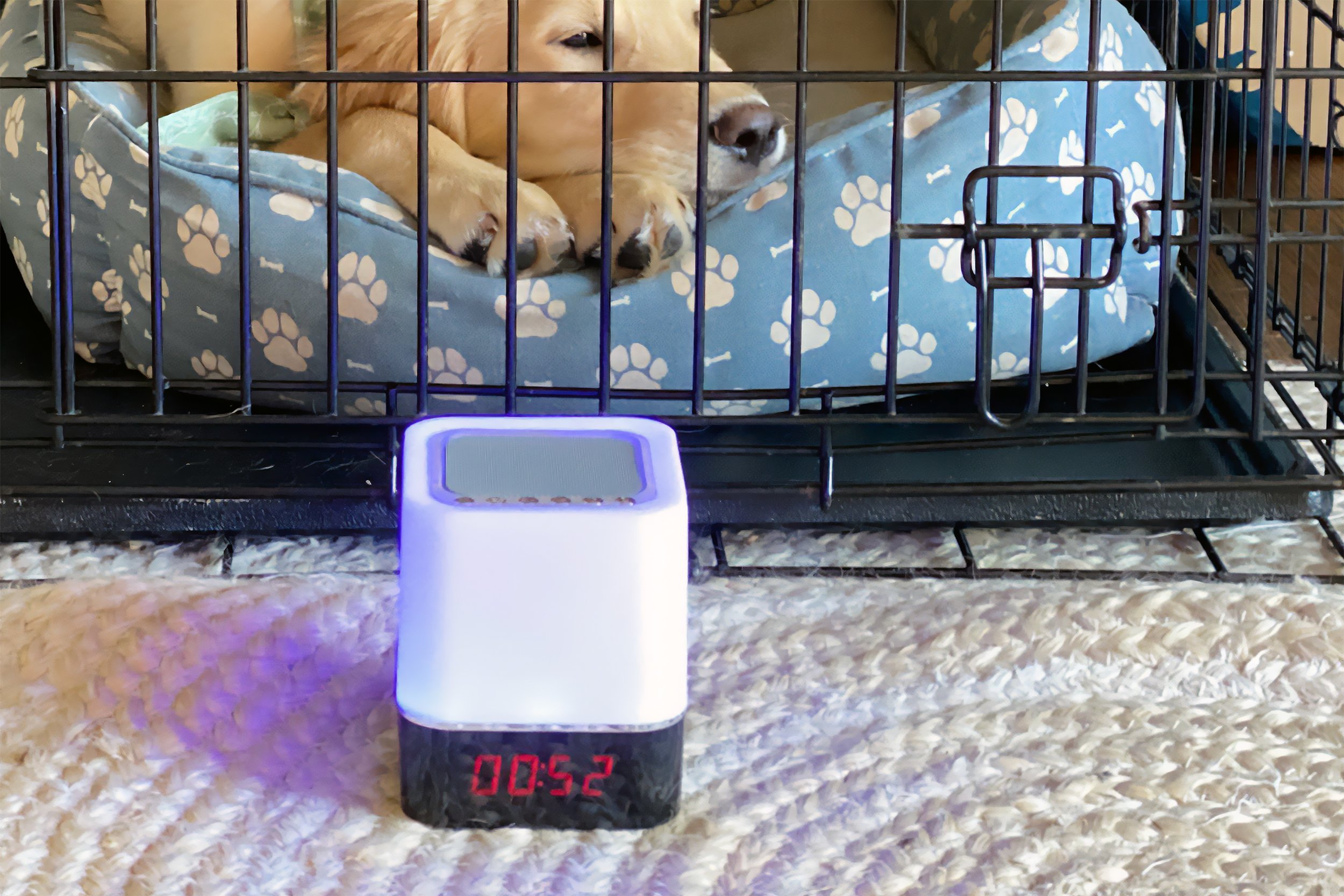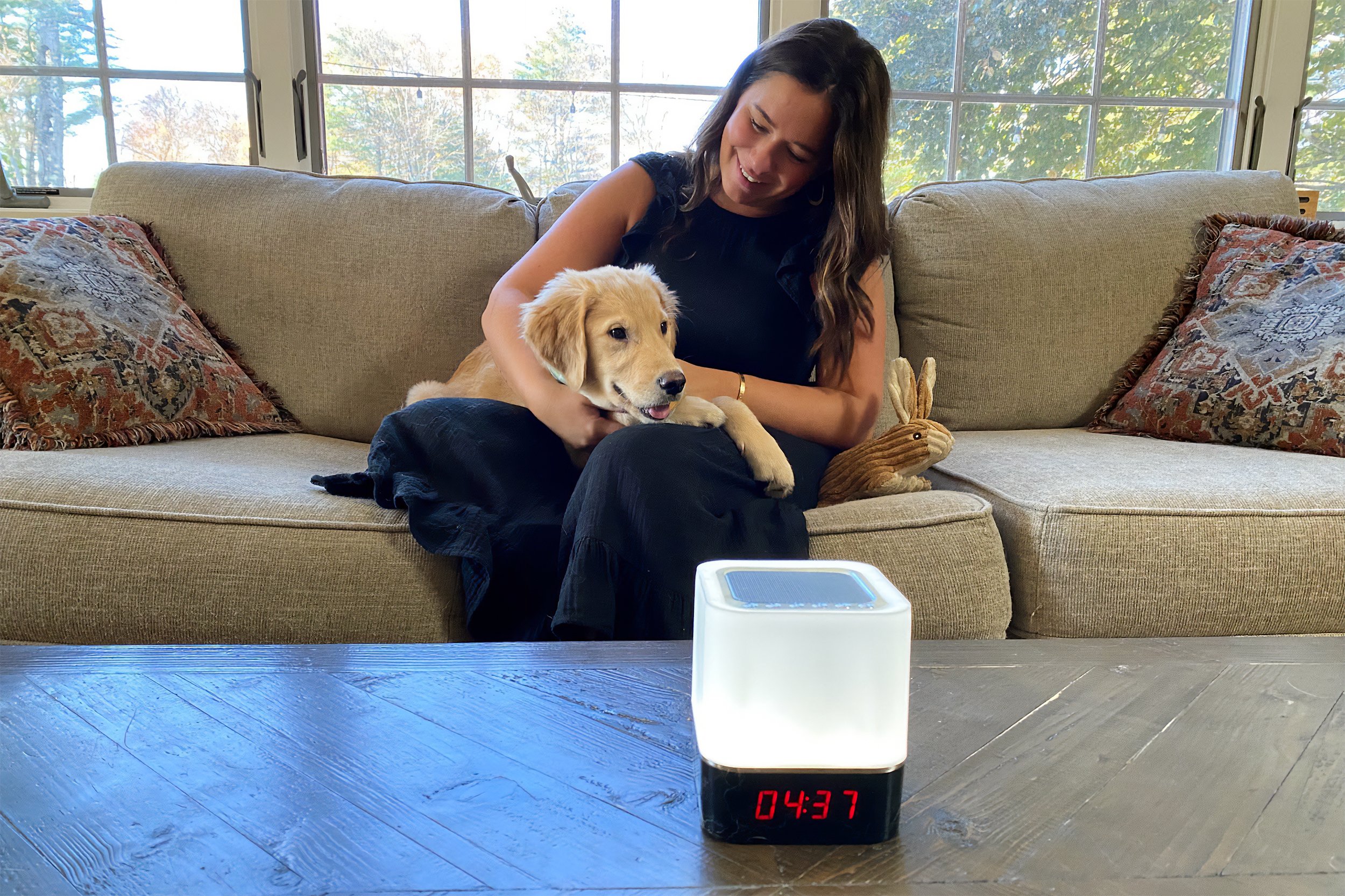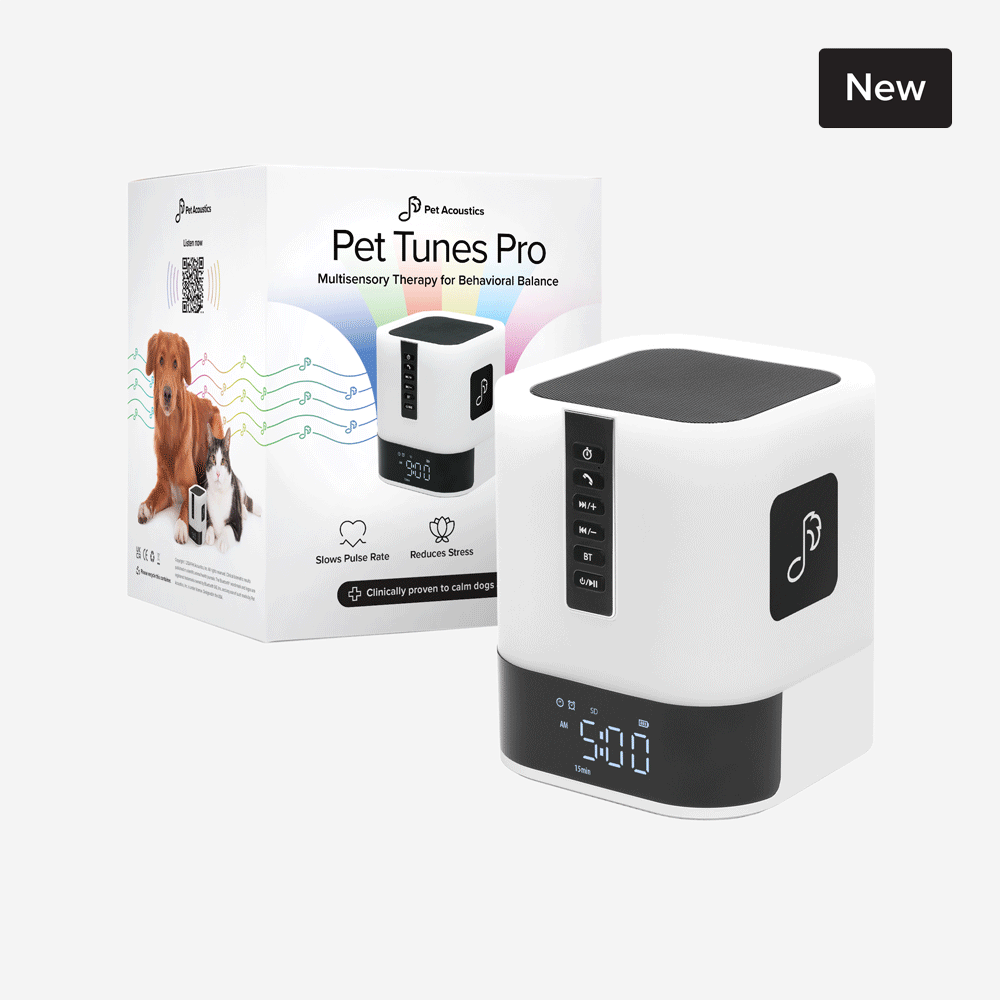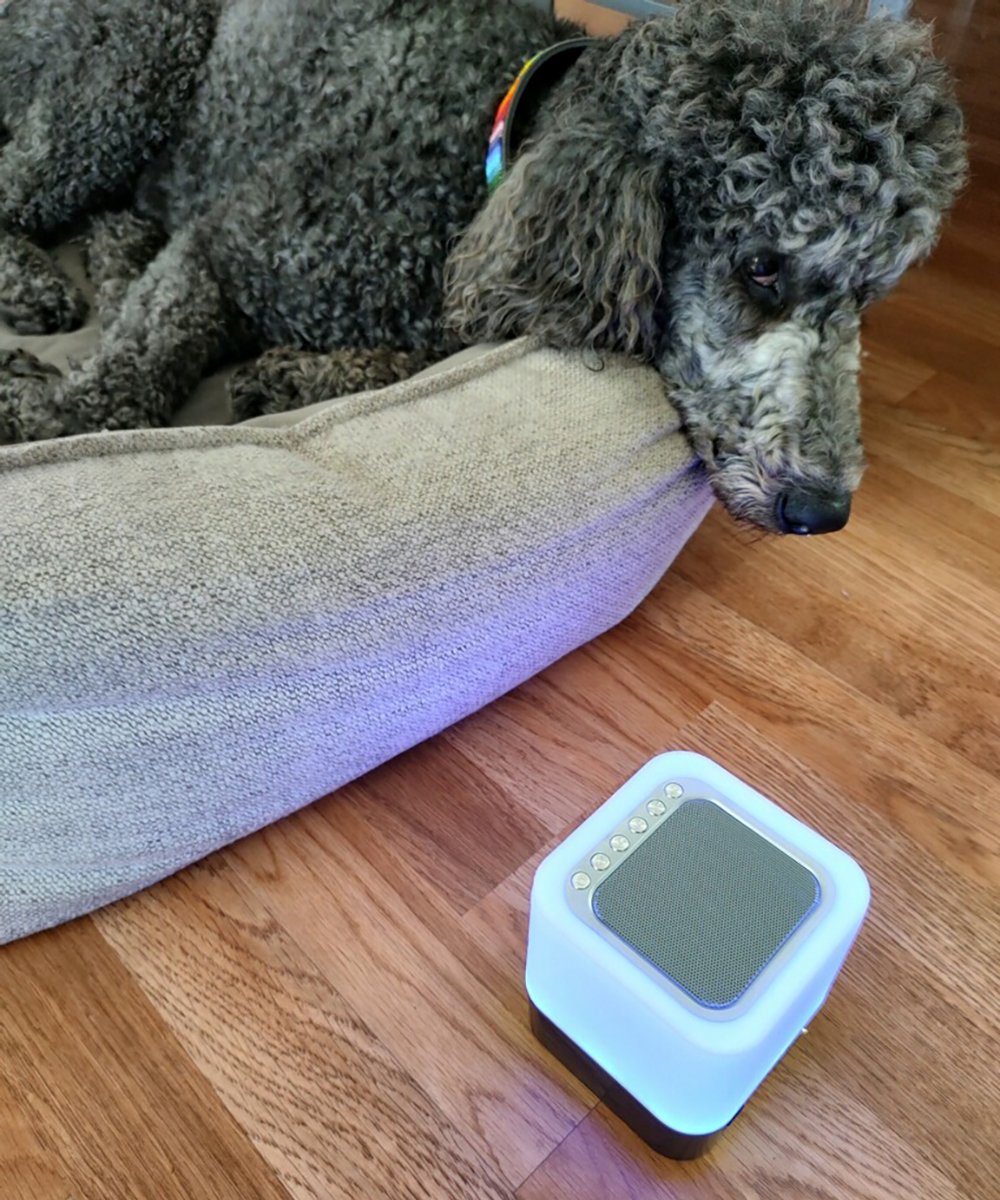Helping Your Dog Thrive with Hearing Loss: What to Do After Using the Pet Acoustics+ App
By Janet Marlow, Sound Behaviorist and Founder of Pet Acoustics
Discovering that your beloved dog is experiencing hearing loss can be an emotional moment for any pet parent. Many dog owners have reached out to me after using the Pet Acoustics+ App, which features the world’s first mobile Pet Hearing Test for dogs and cats, asking, “Now that I know my dog has some hearing loss—what should I do next?”
The good news is that dogs are remarkably adaptable creatures. With a few thoughtful adjustments, you can help your dog live a happy, enriched life—even with diminished hearing. Here’s a guide based on scientific understanding of canine hearing and sound behavior, combined with practical tips you can apply right away.
Understanding Canine Hearing Loss
Dogs naturally rely on a wider range of frequencies than we do—typically from 40 Hz to 60,000 Hz (compared to a human range of about 20 Hz to 20,000 Hz). Many age-related or environmental factors can cause gradual hearing loss, often starting with the higher frequencies.
Using the Pet Acoustics+ Hearing Test, you may have discovered that your dog no longer responds to some ranges of sound. While this doesn’t mean your dog is "deaf," it does mean their auditory world has changed—and we, as caring humans, can help bridge that change with sound awareness and behavioral support.
5 Ways to Help Your Dog Navigate Hearing Loss
1️⃣ Use Consistent Visual Cues
Dogs are brilliant at reading body language. Now is a great time to reinforce visual signals alongside verbal ones:
✅ Hand gestures for “come,” “sit,” “stay”
✅ Pointing to desired objects
✅ Flashing lights to call attention (such as blinking porch lights at mealtime)
Studies in canine cognition show that dogs can easily learn to associate gestures with action, providing them with clear, confident guidance even when sound cues are diminished.
2️⃣ Incorporate Low-Frequency Sound Cues
Many dogs with partial hearing loss still perceive lower-frequency sounds—these create vibrational cues the dog can feel:
✅ Use a floor-tapping cue or stomp to get their attention
✅ Use a deep-tone bell or drum
✅ Try specific calming music designed in lower frequencies (like Pet Acoustics+ calming music) to provide a sound-rich, soothing environment your dog can sense
Our biometric research shows that dogs respond to sounds below 200 Hz through vibrational pathways in their paws and body, enhancing their spatial awareness.
3️⃣ Establish Routine and Predictability
Hearing loss can increase a dog's anxiety in unpredictable environments. Build comfort through:
✅ A consistent daily routine (walks, feeding, rest times)
✅ A designated safe space in the home with familiar scents and textures
✅ Using Pet Acoustics+ calming music during transitional times (when visitors arrive, when you leave the house, thunderstorms) to reduce sound reactivity and support a calm nervous system
4️⃣ Maintain Positive Socialization
Dogs with hearing loss sometimes withdraw from social interactions if they become startled or confused. Keep them engaged:
✅ Provide slow, gentle approaches—let your dog see you before touching
✅ Encourage play with vibration-based toys or scent-based enrichment (treat puzzles, scent games)
✅ Pair visual praise (thumbs-up, smiling faces) with tactile affection (gentle petting, massage)
5️⃣ Enrich Their Sound Environment with Safe, Adapted Sound
Even with hearing loss, dogs benefit from sound stimulation—especially carefully curated sound designed for their perceptual abilities:
✅ Stream Pet Acoustics+ calming music daily to support emotional balance and sensory engagement
✅ Avoid sudden loud noises or environments with chaotic, sharp sounds
✅ Experiment with gentle white noise or low-pitched nature sounds to promote rest
Research in bioacoustics and sound therapy (including my own published studies) shows that frequency-specific music can lower canine cortisol levels and reduce stress behaviors—even in dogs with partial hearing loss.
Final Thoughts
Hearing loss does not mean the end of a joyful, interactive life for your dog. In fact, it offers us— as pet parents— an opportunity to deepen our connection with them in new ways.
By combining sound therapy, visual cues, and sensory enrichment, you can create a supportive environment where your dog continues to thrive.
I encourage you to explore the full range of features in the Pet Acoustics+ App—from the Hearing Test to species-specific calming music—and continue your learning journey about canine sound behavior.
Your dog will feel your love, attention, and understanding in every moment—whether they hear it or not.
With warmest wishes for you and your loyal companion,
Janet Marlow
Sound Behaviorist | Founder of Pet Acoustics
























